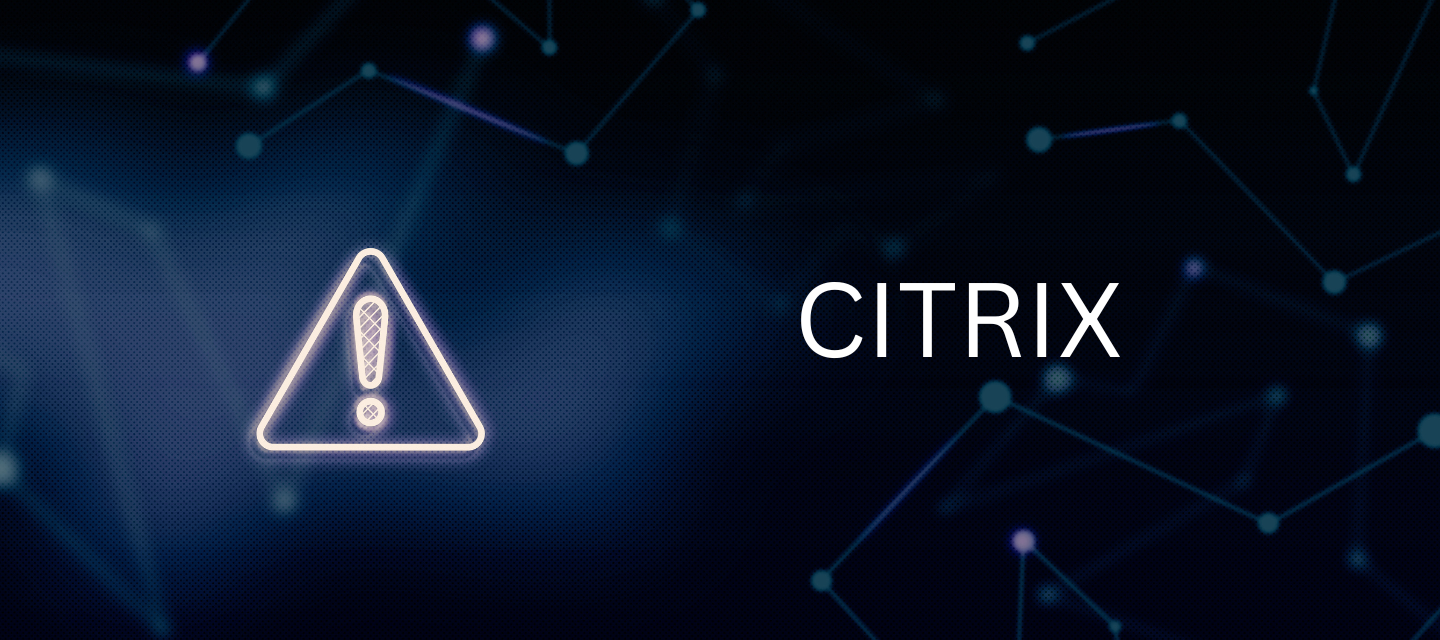The problem here is a critical-severity bug (CVE-2023-3519) in Citrix Gateway appliances that can be exploited remotely and without authentication. This vulnerability allows attackers to execute arbitrary code on vulnerable appliances configured as a gateway or AAA virtual server. The flaw has been actively exploited since June 2023 and has been seen targeting critical infrastructure organizations.
The new way to exploit the vulnerability, as highlighted by Bishop Fox, can be used against any appliance set as a gateway or AAA virtual server, exposing a specific route that is enabled by default on certain installations. The vulnerability is a simple unauthenticated stack overflow, and the exploit is particularly concerning because some versions of the software are not adequately protected by exploit mitigations. As a result, exploitation is straightforward and does not crash the vulnerable process.
The implication of this vulnerability is significant, given that there are approximately 61,000 Citrix Gateway login pages accessible from the internet. More than half of these devices (32,000) remain unpatched against CVE-2023-3519. Additionally, roughly 21,000 unpatched appliances also expose the vulnerable route, making them susceptible to the new exploitation technique.
Threat Modeling for the Citrix Gateway Appliances
Threat modeling the appliances would entail the following steps:
1) Identify assets and entry points
Identify all the assets that need protection (e.g., data, applications, configurations) and understand the entry points to the system, such as external interfaces, authentication mechanisms, and data access points.
2) Create a data flow diagram
Map the data flow within the Citrix Gateway and AAA virtual server environment to understand how data moves through the system and which components interact with one another.
3) Identify threats
Analyze potential threats and vulnerabilities that could exploit the system, including the specific vulnerability CVE-2023-3519 and its variations as highlighted by Bishop Fox.
4) Assess risks
Evaluate the likelihood and impact of each identified threat to prioritize security efforts. Given the active exploitation and severity of the CVE-2023-3519 vulnerability, it should be treated as a high-risk threat.
5) Implement mitigations
Based on the identified risks, design and implement appropriate security measures to mitigate the vulnerabilities. This may involve applying patches, implementing secure coding practices, enabling exploit mitigations, and securing configurations.
6) Test and validate
Validate the effectiveness of the applied mitigations through thorough security testing, including penetration testing and vulnerability assessments.
7) Ongoing monitoring and review
Continuously monitor the system for potential new threats and vulnerabilities. Keep the environment up-to-date with the latest security patches and conduct regular security reviews.
By following the threat modeling procedure discussed above, organizations can proactively address security issues, prioritize remediation efforts, and ensure a more robust and resilient Citrix Gateway and AAA virtual server environment. It is crucial to remain vigilant and responsive to emerging threats, especially in critical infrastructure organizations where the impact of successful attacks can be severe.
ThreatModeler to the rescue: safeguard your Citrix Gateway against CVE-2023-3519 and more.Embrace threat modeling now!"


